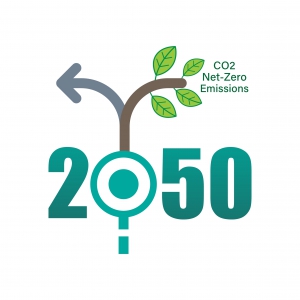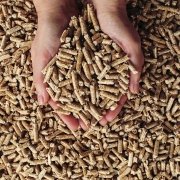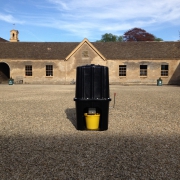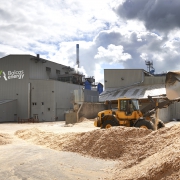Net-Zero by 2050
The UK has agreed that they plan to become net-zero by 2050. That means greenhouse gas emissions would be intensely reduced, any remaining emissions offset, neutralising environmental impact, and slowing climate change. Many of us will be thinking how does a city blocked with traffic and crowded full of carbon-emitting processes and structures from fossil fuels reach such a goal?
Here at Balcas Energy, we just wanted to give you an overview of the government’s plan on how to reach zero carbon by 2050 and also provide some information on how you can do your bit to help achieve this goal.
The plan on becoming Net-Zero by 2050…
An end to waste
Critical demand for energy while keeping raw materials in use for longer, produces good quality efficiency. Capital goods producers may use software that predicts performance through the life of a piece of equipment. Developers and operators of office buildings are the biggest consumers of energy with the use of heating and lighting daily when not needed. Continuing on from this sector, the fast fashion industry accounts for 80% of clothing ending up in a landfill or burnt which should be recycled.
More electrification
Electricity is zero-emission when consumed, meaning we should be using it a lot more to reach decarbonisation goals. Progress has been made in developing economies but in many developed markets, the share of electricity in the total energy mix hasn’t moved. There needs to be a move away from fossil fuels such as coal and gas and we all need to accept that higher dependence on renewables is expected.
Greater use of hydrogen
Hydrogen is light, storable, and produces no direct CO2 emissions when transformed into energy.
Carbon sequestration
As we all want to achieve a net-zero world, the growth of carbon capture hubs should continue to rise. There is a big role in sustainable forestation, improving soil management techniques, protecting natural carbon sinks such as wetlands, and restoring damaged habitats. This is why we support and practice sustainable foresting and manufacturing, whilst also satisfying timber manufacturing processes and providing renewables for heating to the energy sector.
To read more about the plan, please visit: https://www.cib.barclays/our-insights/Emission-impossible-closing-in-on-net-zero.html
How can we help achieve this plan?
Wood pellets are a renewable solid wood fuel available today and can have a massive impact on achieving net-zero by 2050. High standard Wood Pellets (ie: ENPlus A1 standard) create little ash when burnt, and are renewable (sourced from sustainable woodlands). Here at Balcas Energy, we create the wood pellets in our plants in Northern Ireland and Scotland to ensure they are developed to a high standard – unlike others sold on the market which might be imported and traveling a long distance to the destination.
If you are interested in moving to renewable energy and doing your part to help the environment and the climate change plan, please visit our FAQ page if you have any questions and if these cannot be resolved, contact us and a member of our customer support team will help with any queries you may have.
To place an online order please click below:










